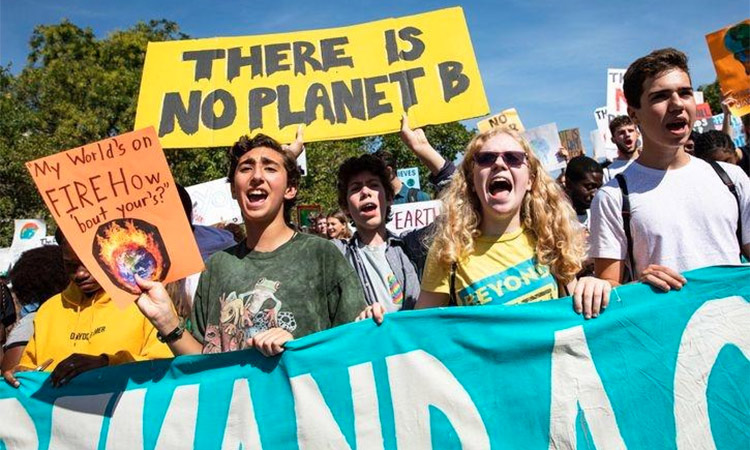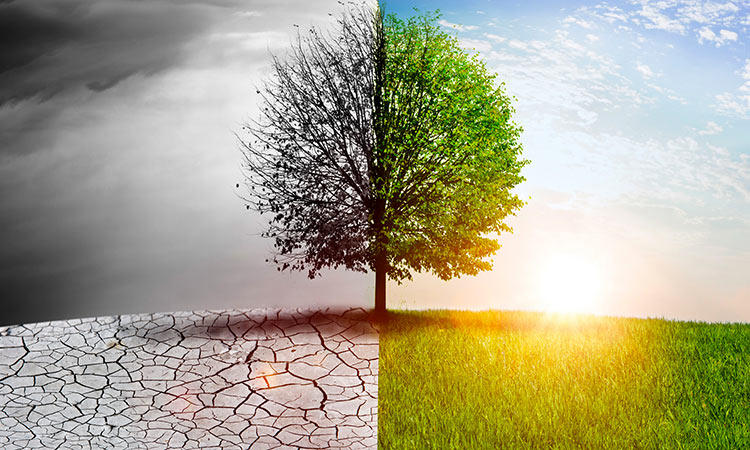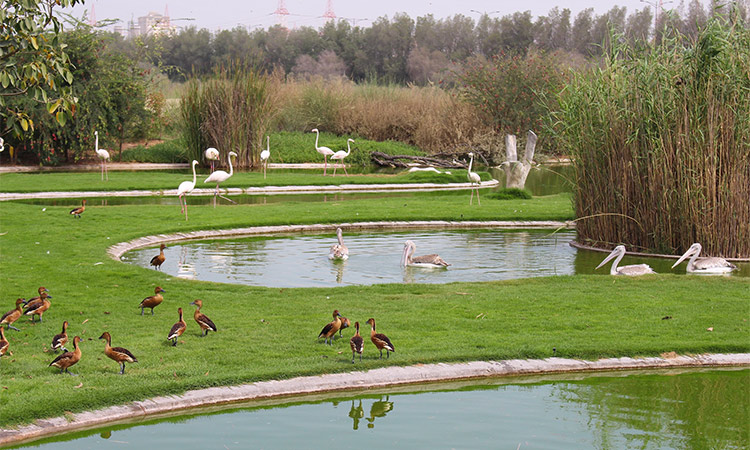No Planet B, and the dangers loom large for India

Meena Janardhan
Writer/Editor/Consultant. She has over 25 years of experience in the fields of environmental journalism and publishing.

Demonstrations about climate change serve as stark reminders of the climate crisis issues the world is facing today.
Their slogans highlighted the plight of climate issues not only in India but all over the globe and need to be taken very seriously –“We are unstoppable, another world is possible”; “What do we want? Climate Justice! When do we want it? Now!”; There’s no Planet B!”; “Climate change is not a lie, we won’t let our planet die”!
These protests serve as stark reminders of the climate crisis issues that we are facing today. They highlight the need for urgent and continued action in India and for global commitments against the backdrop of the United Nations Climate Action Summit that was held in New York on September 23.
India is an important actor and “fundamental partner” in international efforts on climate action and is making a “fantastic effort” to grow its renewable energy basket, UN chief Antonio Guterres said before the Summit got underway.
In a first of its kind and symbolic of India’s effort at the UN, a 50-kilowatt ‘Gandhi Solar Park’ was to be inaugurated by Prime Minister Modi at the high-level UN General Assembly session, a gesture that highlighted India’s willingness to go beyond the talk on climate change and climate action.
At a contribution of about one million dollars, India has also gifted solar panels that have been installed on the roof of the UN Headquarters, one panel each for every 193 UN Member States. Prime Minister Modi also remotely inaugurated the Gandhi Solar Park at the UN Headquarters during a special commemorative event to mark Mahatma Gandhi’s 150th birth anniversary.
India’s Permanent Representative to the UN Ambassador Syed Akbaruddin said energy generated in the park is equivalent to energy that would have been created through use of 30,000 kilograms of coal. It also has a carbon sequestration of 1000 seedlings which will grow into trees over 10 years.
According to the Climate Action Tracker (CAT), an independent science-based analysis of the CO2 emission commitments and actions of countries, India is one of a small handful of countries whose policies are compatible with keeping global warming below two degrees Celsius.
These and some of the observations in a recent report released by India’s Finance ministry do usher in some hope. The report, titled ‘Climate Summit for Enhanced Action: A Financial Perspective from India’ highlights India’s commitments towards global accords like the Copenhagen Summit 2009 and the Paris Agreement, and the progress it has made on fronts like emissions, renewable energy and afforestation.
Pointing out that India aims to be a $5 trillion economy by 2024, the report says India will undertake a mid-term assessment of its actions by 2023, when countries will measure progress against their national commitments.
However, the report adds that access to finance remains a critical issue. Recently China and India have demanded that rich countries provide financial support for them to increase their climate plans. In separate statements, the world’s first and fourth largest emitters called on rich countries to fulfill their commitments to mobilize $100 billion per year by 2020 for developing countries to cope with the impacts of climate change.
India’s ministry of finance said in its statement that its plan was set on a “best effort” basis and that “finance holds a key for all its actions”. With uncertain finance and technology provision, “India can only aspire to implement the already promised climate actions”.
The statement added that India will be “better placed” to “suitably recalibrate…through re-examination and improvement,” in 2023, when the next global stocktake to ramp up ambition is due to take place.
But, as the youth pointed out during their rallies, ‘there is no Planet B’. And for India, the dangers loom large. Just to name a few – extreme precipitation events are on the rise. Warmer temperatures are speeding up glacier melt in the Himalayas, which could increase flow rates in major rivers. Though floods were caused by extreme rainfall and mismanagement of dam reservoirs, mining and construction in the Western Ghats are major contributors. Short bursts of heavy rainfall, lasting only hours, are likely to increase by 20% if the global mean temperature rises above 1.5 degrees C with urban flooding as the biggest impact. Urban heat islands could intensify thunderstorms.
We need ‘climate justice’ indeed – and fast!







